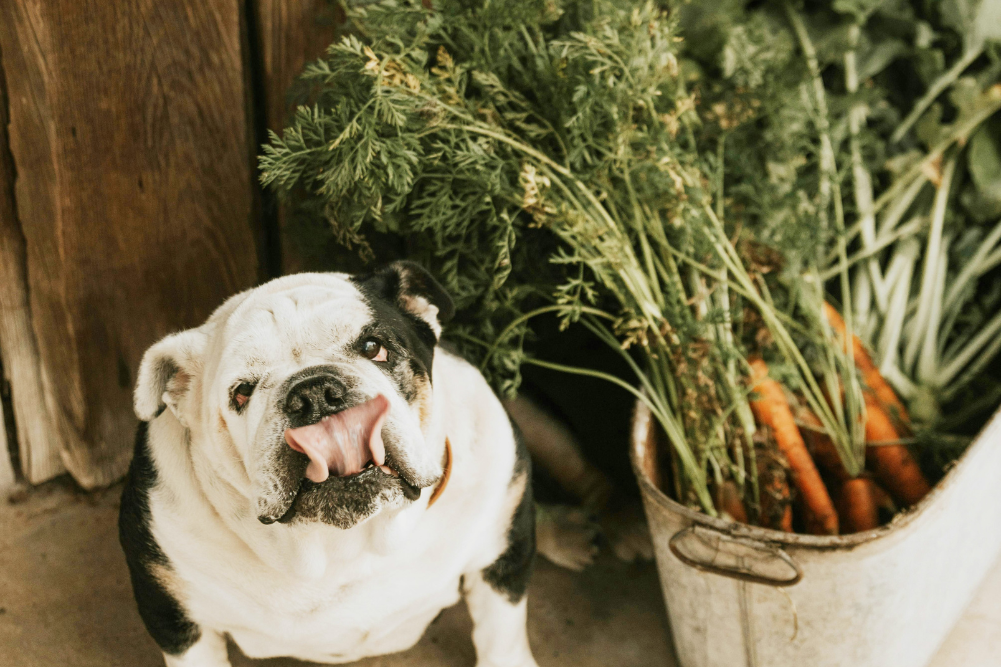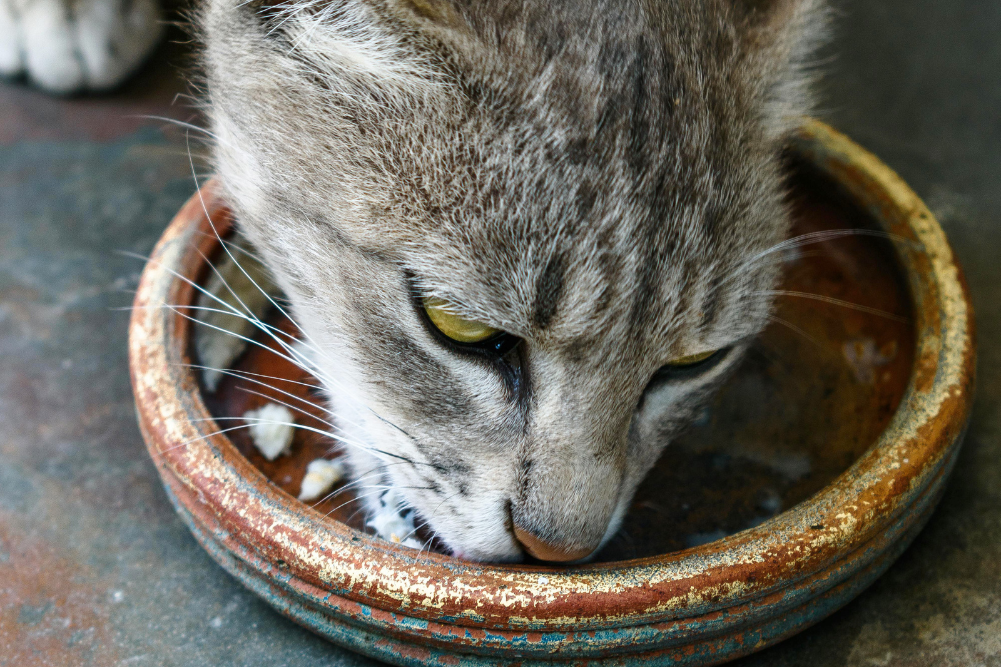Feng shui for pets
What is feng shui? Is it something to do with interior decorating? It might be about removing clutter, which stagnates qi (energy) and allowing in fresh air and light for good quality qi.
Feng shui, meaning “wind” (feng pronounced “fung”) and “water” (shui pronounced “shway”), describes how the structure of your environment and the objects you place in it affect the flow of energy in that environment and also within you. It’s about trying to find balance within the two dynamic forms of energy: yin energy (the slow, calm, cool dark energy) and yang energy (the rapid, excited, warm light energy).
Your pet helps you achieve harmony by complementing your own energy.
Traditional Chinese Medicine is all about balance and harmony. It includes nutrition, breathing techniques, tai chi and herbs to correct underlying imbalances.
The Chinese medical view is that each living creature is just a tiny part of the universe, subject to the same laws that govern the rest of the cosmos. The TCM practitioner sees health as a state of harmony between the internal environment of the body and the external environment it lives in.
Your pet helps you achieve harmony by complementing your own energy. Your frantic stressful schedule (yang) can be balanced by spending quiet time with a cat curled up on your lap, softly purring (yin). Couch potatoes can balance that overdose of yin by taking their dog to the park for a brisk walk to tonify their yang and replenish the energy of the house by bringing some fresh qi in from outside.
So how can you use the concept of feng shui to maintain the health of your pets? Using the principles of feng shui, you can achieve balance for your pet and yourself — and help reduce stress-related illness — by considering how you set up the shared environment of your home. Harsh edges and corners obstruct the flow of qi and result in turbulence and unrest. Try to place your pet’s bed near a curved wall, away from hard angular furnishings, to encourage calming yin energy.
Doors and windows should not be placed facing the road; the noise and movement of the road is not amenable to calm and quiet. Make sure your dog’s kennel does not face out onto the road. Similarly, take care with the placement of your cat’s litter tray. Faeces (rotting and decay) are the opposite of growth and development. Keep food bowls away from litter trays. Too many objects in a room cause qi to stagnate, so try to remove clutter.
Place your pet’s bed near a curved wall to encourage calming yin energy.
Feng shui can be used to encourage a healing environment. In the Sydney veterinary clinic I work in we have made an effort to use feng shui to create an environment that reduces stress and creates harmony. We have angled the entrance away from the busy street on which we are located and frosted the glazing on the front windows to mask the noise and movement in the street. Our reception area and the wall into the main consultation room are curved, so the qi flows smoothly past this and down through into the treatment area.
We have used the colour red in the reception area. Red is a powerful colour in feng shui and is used for a feng shui cure to change the energy at work or home. At the reception desk we have placed a water fountain to gently move the qi and help prevent stagnation of energy caused by clients lingering too long after their consultations. At the front door we have tiny bell chimes, the sound of which helps clear out the old energy and replenish it anew each time the door is opened.
In our consulting rooms we don’t use harsh stainless steel tables with sharp corners. Instead, we have soft comfortable mats on the floor and subdued lighting. Clients (and often our patients including one of our 70kg Great Danes) sit on comfortable curved-edge sofas. Plants with broad, rounded leaves are in each consulting room and kept in good condition — dead leaves encourage bad qi. Each room also has a ceramic bowl with calming amethyst crystals.
Our four-legged companions help us achieve balance in our lives.
Feng shui can be used at home to help pets when they are unwell. Using the Five Element theory, we can choose colours and textures around the house to tonify organs that are deficient and subdue those in excess. One example might be an old, overweight Labrador with diarrhoea. She is an Earth-type personality but has an Earth deficiency. As part of her treatment she will be fed easily digestible warming foods like cooked chicken and pumpkin and may have treatment with spleen-qi tonic herbs. She may benefit from bedding that is yellow in colour (tonify Earth) or warm red (tonify the Mother of Earth: Fire). Avoid cool greens (liver) and blues (kidney), which may further deplete her.
Our four-legged companions help us achieve balance in our lives. Using some of the concepts of feng shui, we can also reduce their stress, and encourage wellness, if we think about how they interact with us and with the environment we share with them.








